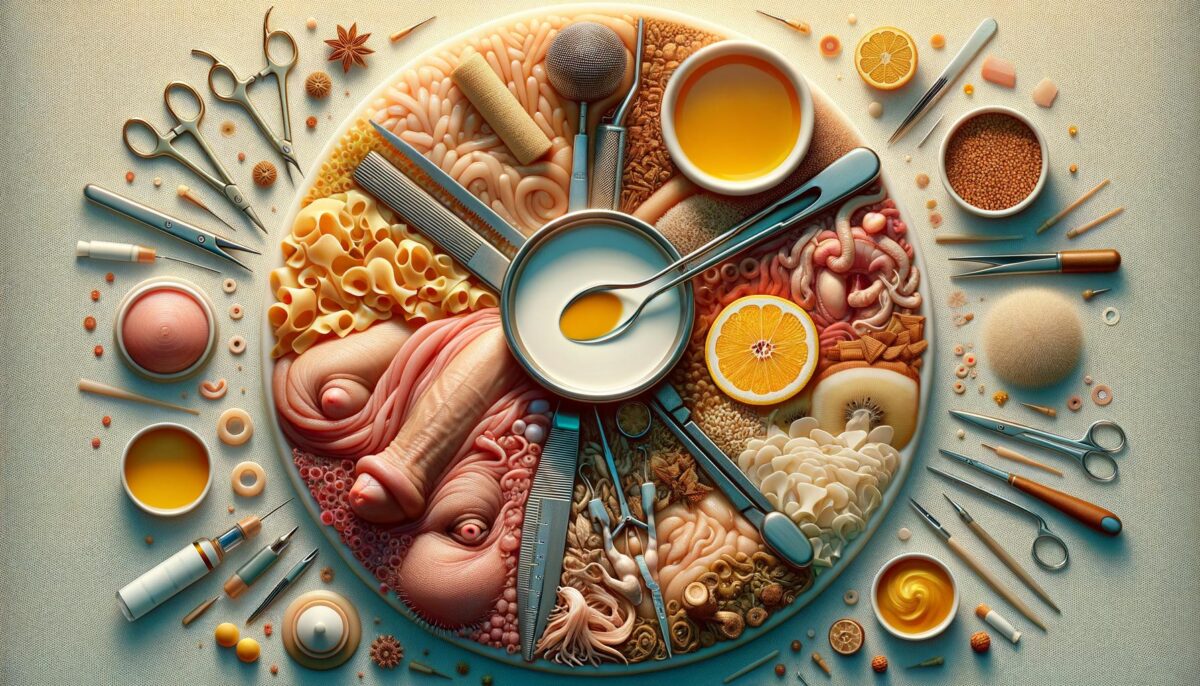The Circumcision Procedure
The circumcision procedure has been performed across various cultures and religions around the world for centuries. Typically, it involves the surgical removal of the foreskin from the penis. This procedure is often done shortly after birth, but it can also be performed at any age for medical, cultural, or personal reasons. Healthcare professionals ensure that the procedure is carried out safely, with appropriate pain management and post-operative care. The sanitary conditions and expertise involved play crucial roles in the successful execution of the circumcision procedure.
Prolonging Intercourse After Circumcision
Some individuals have reported changes in their sexual experiences following circumcision. A noted benefit for many is the ability to prolong intercourse after circumcision. The removal of the foreskin can reduce sensitivity in some cases, leading to longer durations before climax. This outcome is not universal, as experiences vary widely among individuals. However, for those seeking this particular change, it can be one of the reasons to consider circumcision. Medical professionals can provide more personalized insights based on individual health and sexual history.
Improvement of Erection After Circumcision
The relationship between circumcision and improvement of erection is another area of interest. Some men report enhanced sexual confidence and changes in their erectile function post-circumcision. This improvement can be attributed to the psychological and physiological adjustments that occur after the procedure. It’s important to note that experiences differ; while some may notice a positive change in their erections, others might not experience any difference. Factors such as healing time, individual sensitivity, and overall health contribute to the outcome in this regard.
Circumcision: Positive Aspects
There are several positive aspects of circumcision that are often highlighted by healthcare providers and those who have undergone the procedure. Some of these benefits include:
- Improved hygiene: Easier cleaning and reduced risk of infections in some cases.
- Possible reduction in the risk of certain sexually transmitted infections (STIs).
- Aesthetic preferences that align with personal or cultural ideals.
- Potential long-term health benefits, such as a decreased risk of penile cancer.
These aspects contribute to why some individuals and parents opt for circumcision, weighing the pros based on medical advice and personal beliefs.
Conclusion
Circumcision remains a significant topic within medical and cultural discussions, offering varied experiences and potential benefits. While some opt for it due to perceived improvements like prolonging intercourse or better erection control, others might focus on the positive aspects such as hygiene and STI prevention. As with any medical decision, it is crucial to consult with healthcare providers to make informed choices that align with personal health and life goals. Ultimately, a thorough understanding of the procedure and its possible outcomes allows for informed decision-making tailored to individual needs.
